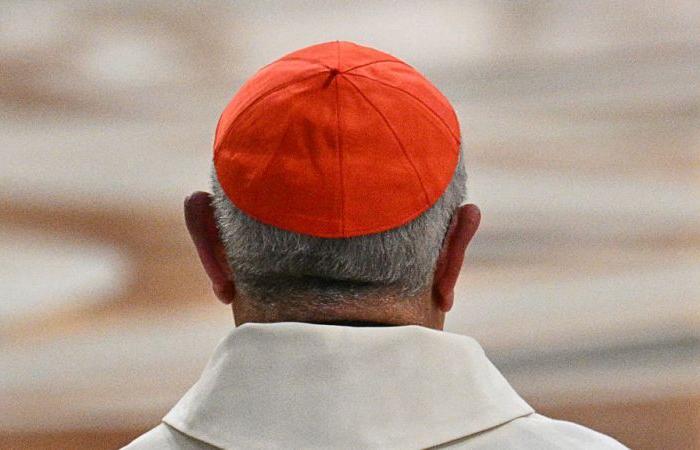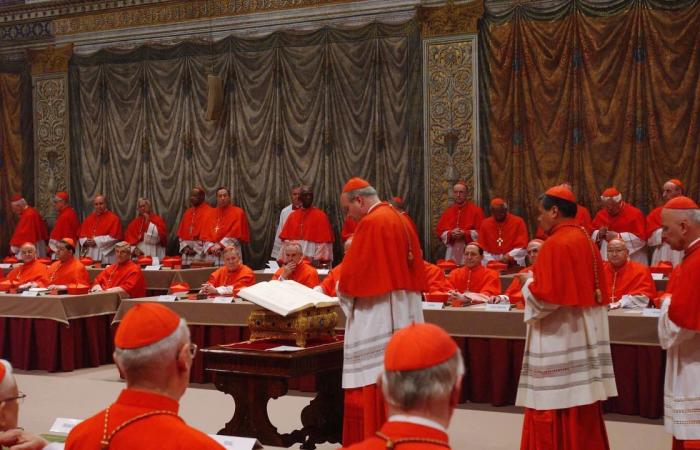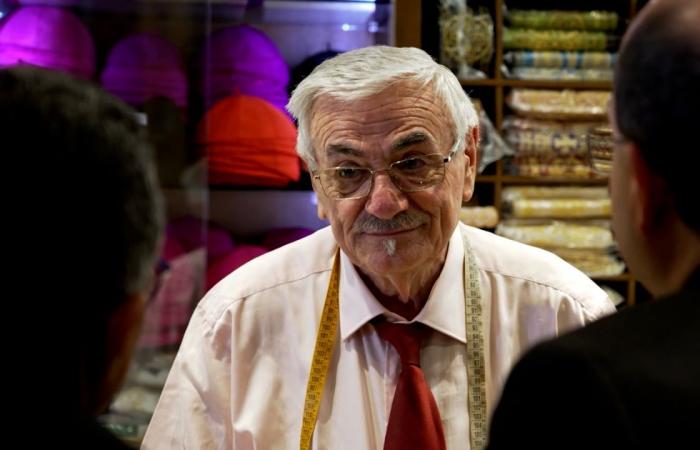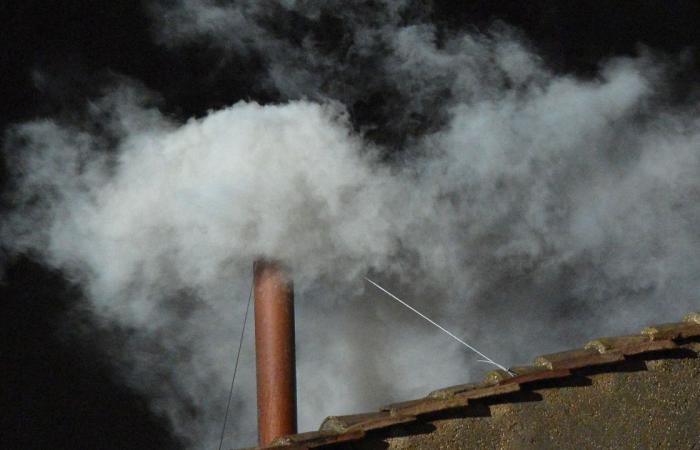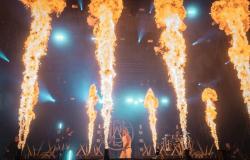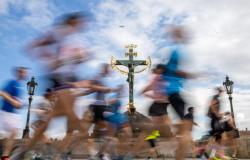CNN Español —
The Catholic Church begins one of its most decisive moments: the choice of a new Pope in the conclave. From the moment the cardinals swore absolute secret until the white smoke rises from the chimney of the Sistine Chapel, the entire process takes place under a strict protocol that has resisted the passage of time, and can last several days or just a few hours.
The duration of a conclave varies according to the circumstances. Recent conclaves have been relatively brief: the 2013 election of Pope Francis, for example, was one of the fastest of the last 100 years, since it was resolved in just two days. It was comparable in speed of 2005, in which Benedict XVI was chosen.
In contrast, the 1978 conclave that chose John Paul II extended until the afternoon of the third day and required eight rounds of voting.
The cardinals are committed to the conclave to choose Francisco’s successor is fast. “It will be brief, two or three days. I have clear ideas. I know who to vote. There is a climate of fraternity and spirit of responsibility,” said cardinal Raphael Sako in one of the congregations prior to the conclave, according to the EFE agency.
Throughout history, three methods have been used to choose the Pope: acclamation, commitment and scrutiny. However, the first two methods were abandoned, so currently the only form of choice is through the individual and secret vote of the cardinals.
The Pope’s choice process follows a carefully established ritual. Each cardinal is given a ballot in which you must write the name of your candidate just below the phrase in Latin “I choose the highest Pontiff”which translates as “I choose as the high pontiff.” Subsequently, following the order of precedence, they approach one by one to the altar to deposit their ballot in a chalice, in a solemn act.
Although the vote is carried out secretly, the vote count is public, and it is prohibited for a cardinal vote for itself.
For a cardinal to be chosen as the new Pope, he must obtain the support of two thirds of the votes of the conclave. If this result is not reached, the vote is repeated again that same day.
This is how the conclave is lived, the old and secret process of choice of a new pope
This is how the conclave is lived, the old and secret process of choice of a new pope
01:44
The longest conclave in history, as Vatican News points out, took place in Viterbo between November 29, 1268 and September 1, 1271, lasting a total of 33 months.
-This election resulted in the proclamation of Gregorio X, who introduced the Constitution Where the riskwhich first established the concept of “conclave” for the choice of the Pope. This reform responded to the prolonged and conflictive vacancies of the papal headquarters during that period.
At that time, the cardinals failed to reach an agreement due to the strong division between the French and Italian factions. Given the stagnation, the local Viterbo authorities decided in 1269 to lock the cardinals in the papal palace to press them to act.
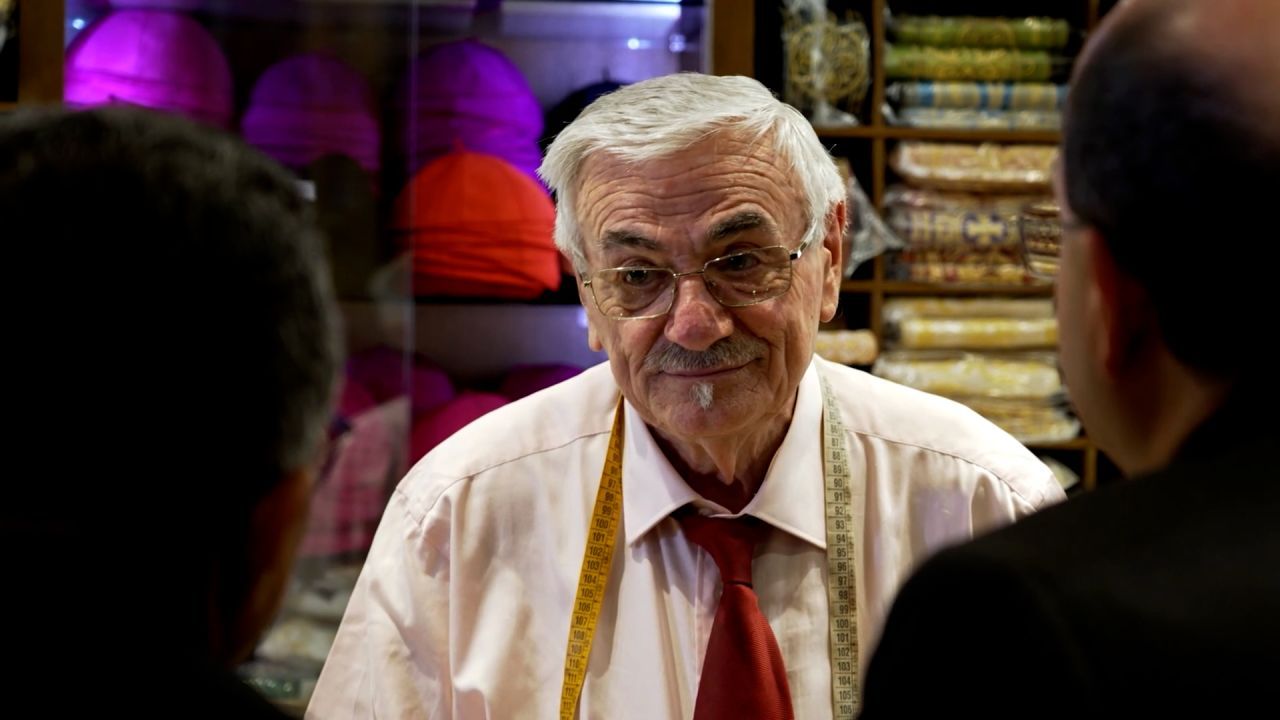
Meet the tailor who saw the potatoes and is already making the suit of Francisco’s successor
Meet the tailor who saw the potatoes and is already making the suit of Francisco’s successor
01:33
In 1270, to increase the pressure, they removed the roof from the room where the cardinals were and cut the food supply, leaving them only with bread, water and wine. Finally, with only 16 remaining cardinals, a commitment was chosen, choosing Tebaldo Visconti as Pope, who adopted the name of Gregorio X.
The shortest recorded conclave took place between the night of October 31 and November 1, 1503, with a duration of just ten hours. According to a report by the State University of California Northridge, after the death of Pius III, the cardinals gathered and, in record time, they chose Cardinal Giuliano della Rovere, who adopted the name of Julio II as the new Pope.
Over time, the process to choose a new Pope has been perfected, and, after the conclave, a meticulous protocol that culminates with the official proclamation of the new Pontiff is followed. This process is marked by the smoke that emerges from the roof of the Sistine Chapel after the burning of the voting ballots.
If the smoke that emerges from the fireplace is black, indicates that a new Pope has not been chosen. On the other hand, if the smoke is white, it means that a new pontiff has been chosen.
After the choice and the white smoke of the chimney of the Sistine Chapel, there is repique of the bells of San Pedro. Then, the fastest deacon cardinal, accompanied by two priests, will go up to the central balcony of the Basilica of San Pedro and will pronounce, in Latin, the emblematic announcement “Habemus Papam!” (“We have a Pope!”).
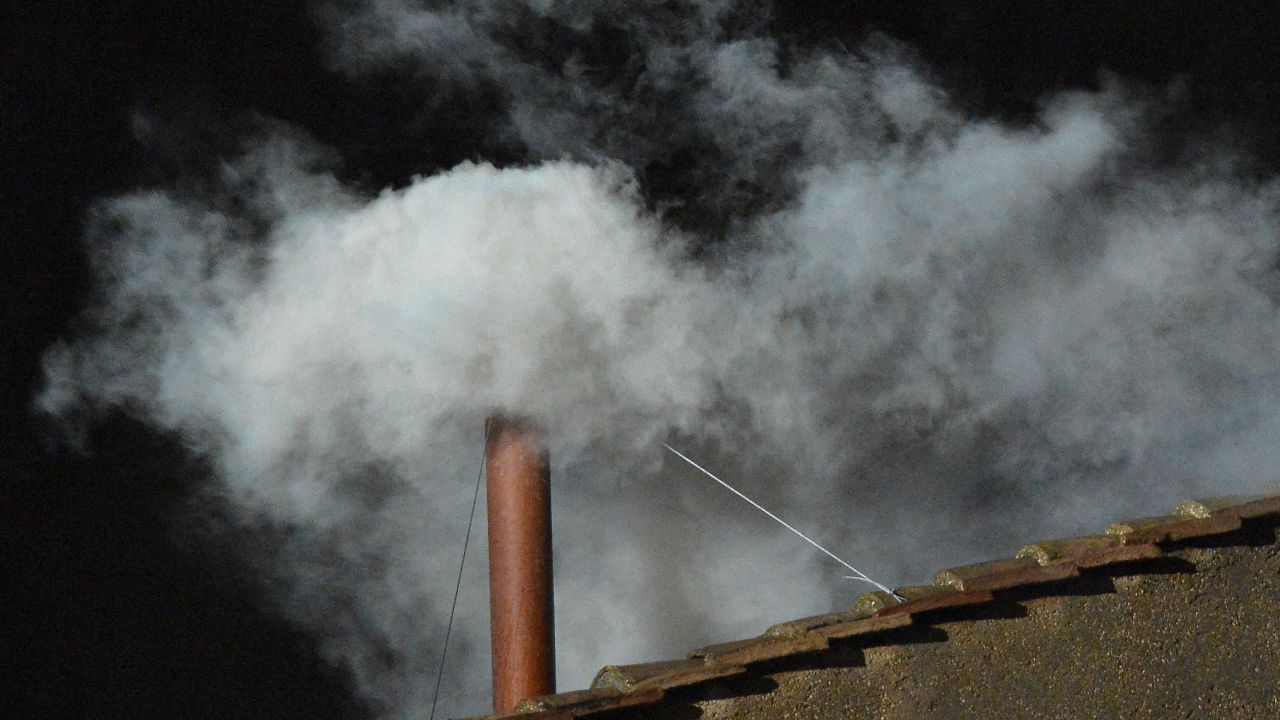
This was the time of the white smoking in the choice of the last 3 popes
This was the time of the white smoking in the choice of the last 3 popes
03:22

